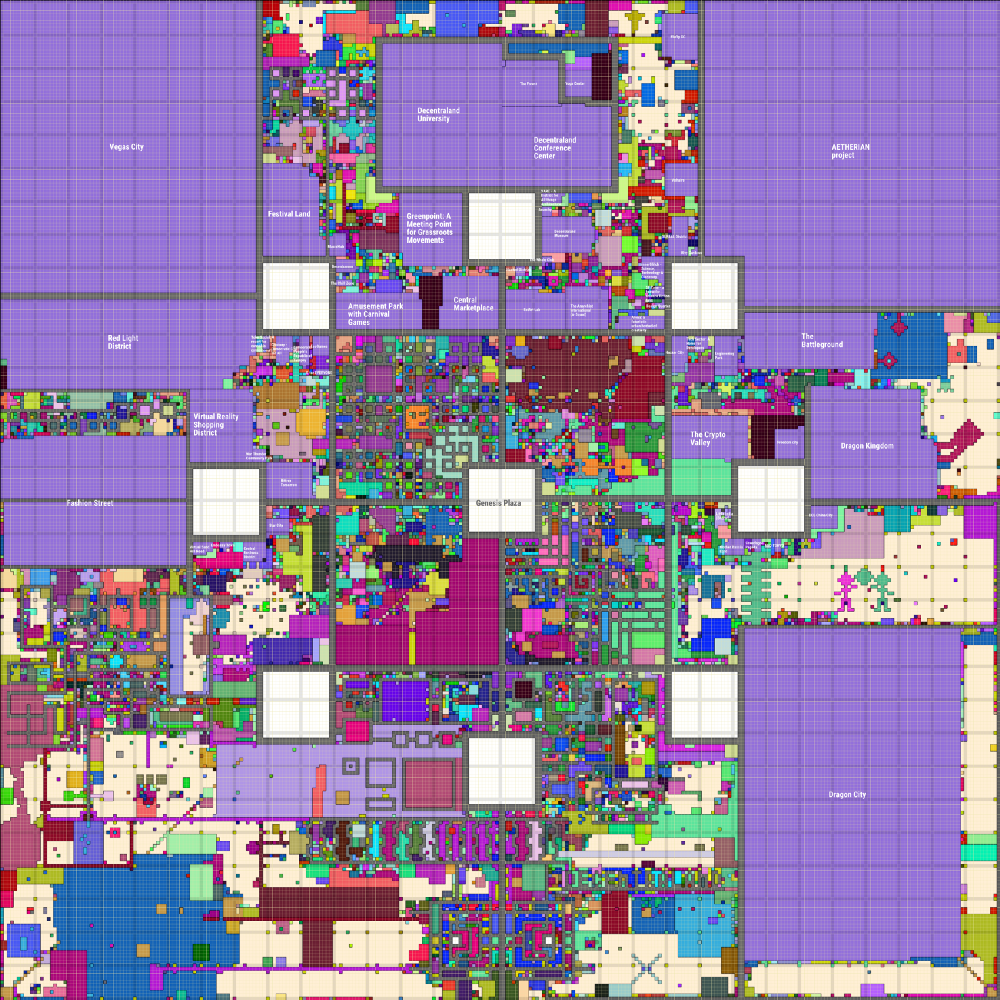
Is Metaverse really sustainable? The idea of a virtual future also passes through the environment
Metaverse seems to be creating a precedent for what will come in a not-so-far future – the revolutionary era of virtual reality. Businesses have already dipped their toes in the virtual water with the recently launched virtual events, fashion weeks, and real estate purchases. With its cultural and technological hype, and the complexity to create boundaries of what is metaverse and what is not, there comes another dialogue – is this immense cyberspace adversely affecting our environment? It is a 3D virtual space designed for people to live in the digital spectrum. In other words, a person can create a digital identity (an avatar) to interact with others in the metaverse and even perform everyday activities such as purchasing goods, attending events, socializing, and making new friends. The metaverse cannot be paused, erased, or terminated, and it creates within itself separate laws and economy, a somewhat state. Thus far, it is a decentralized state that includes several platforms like HyperVerse, Sandbox, Decentraland, Star Atlas, Roblox and Spatial. Entertainment is a core in the metaverse. But its other benefits revolve around providing an immersive educational experience by teaching any subject through visuals. That includes sharing materials on environmental sustainability. Besides, preparing future pilots or surgeons in virtual reality comes in handy as a part of training programs for experts. Speaking of surgeons: telemedicine consultations, in its turn, blur the geographical boundaries for professionals worldwide to assist each other in remotely treating patients. As good as it may sound, metaverse has its downside regarding the environment.
There is an ongoing discussion on how metaverse decreases pollution by tying users to screens and Oculus headsets to minimize physical traveling either for work or leisure purposes. Point taken. But the energy implemented to create the virtual experience acts as a drawback. How make users be genuinely driven by cyberspace traveling instead of physically lying on the beach in the Bahamas? The answer is: to create a hyper-realistic digital world. Since metaverse lies heavily on Augmented reality, head-mounted display AR, IoT, 5G, spatial technology, and AI, which require large amounts of energy, according to Data Quest, it might lead to an influx of greenhouse gas emissions. A study conducted by the University of Massachusetts at Amherst in 2019 revealed that training a single AI model can emit 626,000 pounds of carbon dioxide. It is the amount of greenhouse gases emitted by a car in its lifespan. Speaking technically: creating and participating in metaverse means generating massive volumes of data. Once the question of where to store this data arises, there is one obvious solution – building more data centers, which demand the use of electronics. Google has already set a goal to run data centers on carbon-free energy by 2030, and Microsoft has pledged to do so by 2025. Meta thus far touched on the circular operations in data centers, bringing tested recycled materials into the game for specific applications within the server. Businesses would want to tackle low power consumption, power usage monitoring, and reducing waste via a life cycle assessment, which is a thing or two to consider while designing a green data center.
New gadgets help users to make the virtual seem real. The electronics market already offers Wristband AR sensors, AR glasses, VR headsets, cyber shoes, tactile gloves, and so forth. Perhaps now, cyber shoes are not the top priority, yet as we move forward with designing the hyperreal world, we will surely need gadgets to boost the virtuality. But for now, as of United Nations’ Global E-waste Monitor 2020 data, 53.6 million metric tons of e-waste were generated worldwide in 2019. It is predicted to exceed 74 million metric tons by 2030. Metaverse, through blockchain technology, develops a fully digital economy in which users can monetize their talents and trade in various items. That is where NFTs, or non-fungible tokens, come to the rescue. Speaking of rescuing: according to the Ethereum Energy Consumption Index, «a single NFT transaction on the Ethereum platform emits almost 150 kilograms of carbon dioxide, equivalent to 331,056 Visa transactions or 24,895 hours of watching YouTube.» In other words, every NFT purchase in metaverse turns into an environmental inconvenience, to say the least.
Thanks to social media filters, users can experiment with different hair colors, cosmetics, and lenses. On top of it, metaverse offers users trying on their favorite luxury or niche brands before buying. It might save time and pocket from excessive spending. Better personalization allows consumers to play with clothes and decide on interior design alternatives. It also reduces the waste created by fashion thanks to made-to-order and on-demand products. This feature of metaverse indeed does better than harm. Yet there is a twist: virtual reality has not yet designed a hyperreal experience for fashion consumers, and some clothes appear with poor graphics. And one thing we know is that it is more convenient to see all the stitches and buttons the way they physically are before buying a product: otherwise, why bother? Again, better graphics require extra energy. Intel’s analysts say that our global computing infrastructure should be 1,000 times more powerful to sustain the high-quality metaverse. Even so, the project is in its early stage of development. Hence, there is no clear vision of what to wait for from the metaverse, and its environmental landscape is quite blurred. Yet, with the current statistics, metaverse has a long path to walk to become sustainable.





















































